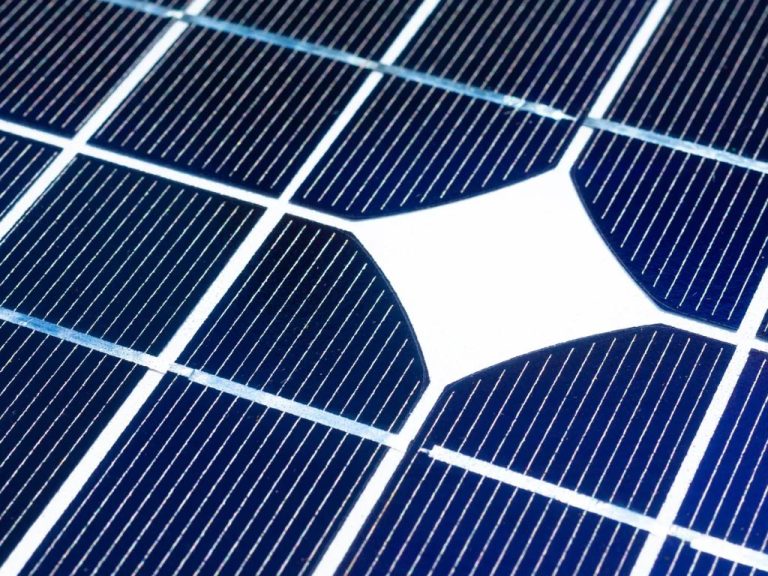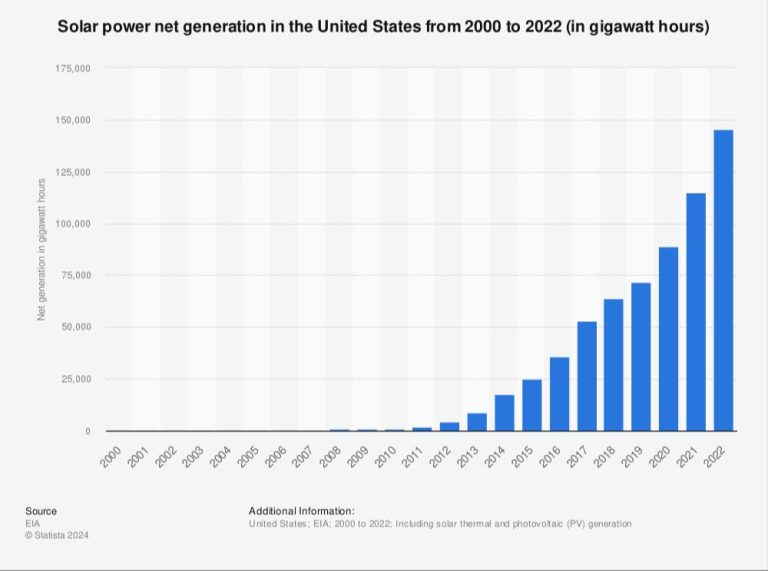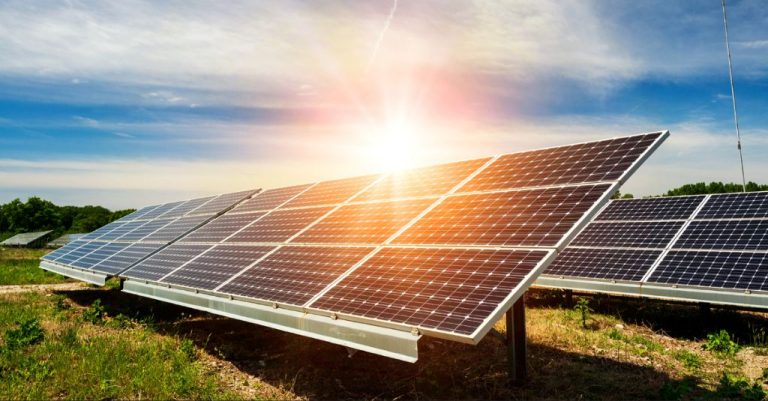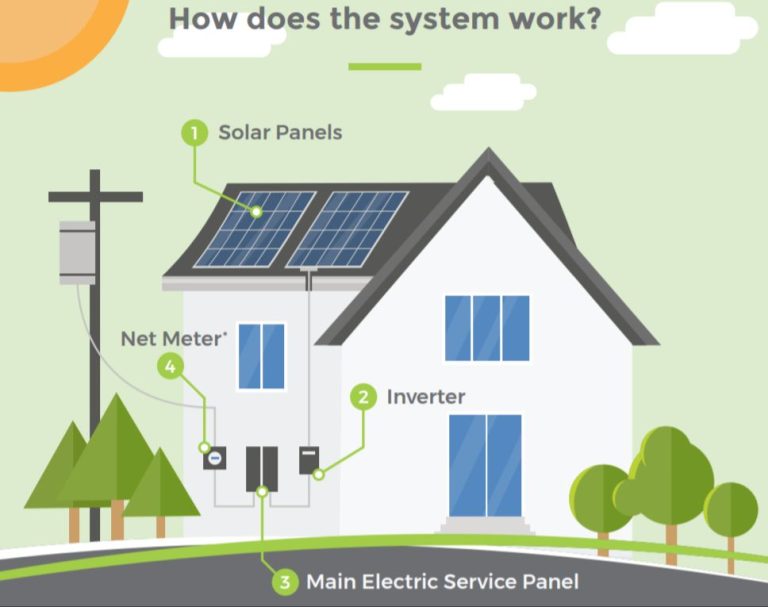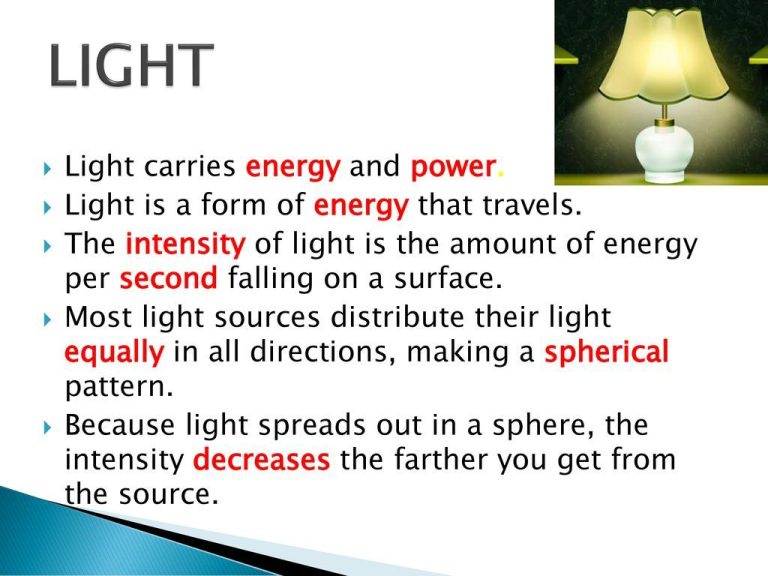Can Flexible Solar Panels Be Walked On?
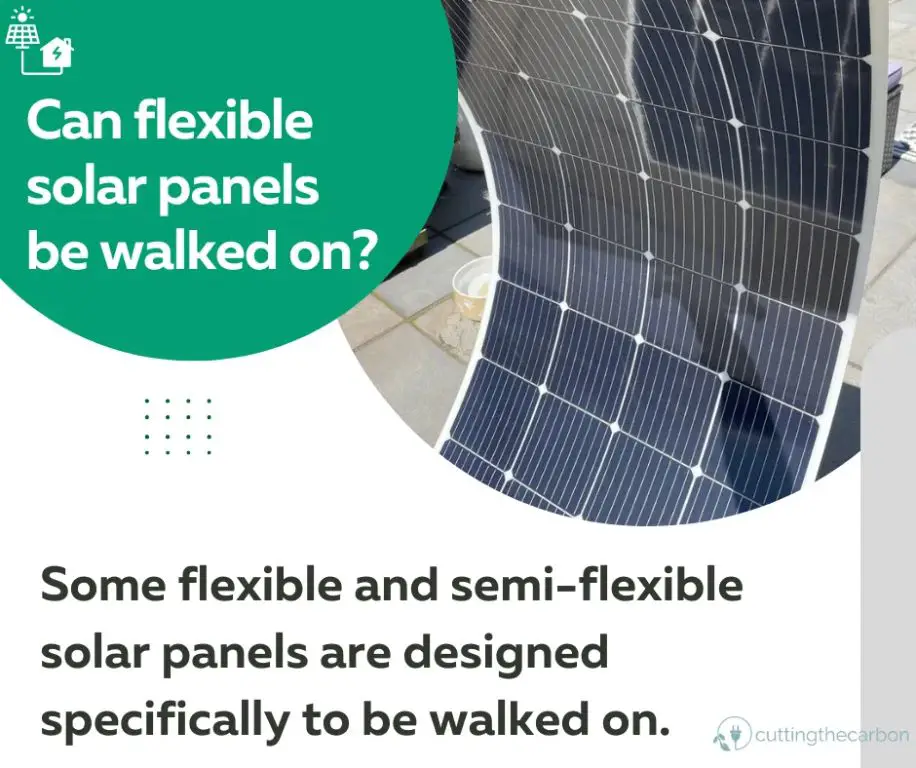
Flexible solar panels are photovoltaic panels made with materials that allow them to bend and flex. Unlike traditional rigid glass solar panels, flexible solar panels are lightweight and can conform to curved surfaces. With the development of thin, flexible photovoltaic materials, there is growing interest in using flexible solar panels in new applications like on roofs, outdoor floors, vehicles, tents, and more. The bendability and light weight of flexible solar panels enables solar energy harvesting on surfaces and objects that rigid panels cannot mount on. One emerging area of interest is installing flexible solar panels on outdoor floors that experience foot traffic. This raises an important question – can flexible solar panels withstand people walking on them?
Flexible Solar Panel Construction
Flexible solar panels have a very different construction from traditional rigid glass solar panels. They are made using thin-film photovoltaic material such as amorphous silicon, cadmium telluride, or CIGS (copper indium gallium selenide) deposited on a flexible plastic polymer substrate like polyethylene terephthalate (PET) or polyimide.
This allows the panel to be lightweight, flexible, and bendable, unlike rigid glass panels. The thin-film PV material is only a few micrometers thick, letting the panel conform to curved surfaces. The plastic polymer substrate is also very lightweight compared to glass. Some flexible panels weigh around 1 lb per square foot, versus around 3-4 lbs for rigid panels. This allows flexible panels to be used in applications where weight is a key factor.
While rigid glass panels offer higher efficiency ratings, flexible panels can better handle physical stress like wind, rain, snow, and hail. Their ability to flex helps shed debris and prevents cracking or breakage. Flexible panels are well-suited for irregularly shaped surfaces that traditional panels can’t mount to easily. Overall, the thin-film and polymer construction makes flexible solar uniquely lightweight, bendable, and durable compared to conventional solar panels.
Sources:
https://www.forbes.com/home-improvement/solar/flexible-solar-panels/
https://www.energysage.com/solar/flexible-solar-panels/
Durability and Strength Testing
Manufacturers conduct various durability and strength tests on flexible solar panels to ensure they can withstand real-world conditions over many years. Some key tests include:
Impact Resistance Tests
Panels are subjected to impact tests to simulate hazards like hail, falling debris, and accidental drops during installation or maintenance. Tests check the panel’s structural integrity and ability to withstand blunt force trauma without cracking or losing performance. Standards like IEC 61215 and 61730 specify required impact resistance levels.
Abrasion Tests
Abrasion testing checks a panel’s ability to resist surface wear over time. Panels are brushed, scratched, scuffed, and sanded in a controlled manner. The coatings and encapsulants must remain intact without exposing or damaging the solar cells underneath. These tests confirm durability for real-world rooftop conditions over decades.
Wind/Snow Load Tests
Simulated wind and snow load tests confirm the panel’s strength when mounted to a roof or other structure. High wind speeds apply lateral forces, while stacked snow applies downward pressure. Panels are tested well beyond normal conditions to ensure they stay adhered and suffer no structural failures when installed.
Ensuring Durability
Reputable manufacturers test and inspect panels throughout the production process. Advanced encapsulation protects sensitive components, while robust junction boxes and cables resist weathering. Electroluminescence testing also checks for microcracks or cell damage. Together, these measures ensure flexible panels remain durable over decades in the field.
Can They Handle Foot Traffic?
With flexible solar panels being used in new applications like carports, patio covers, and building-integrated installations, many people wonder if they can withstand regular foot traffic without damage. Researchers have conducted extensive lab testing and field studies to evaluate their durability.
In controlled lab settings, the impact resistance of flexible panels has been tested using methods designed for roofing materials. Weights are dropped from increasing heights to simulate impacts from hail, tools, and foot traffic. Flexible panels have withstood impacts up to 25x that of traditional glass panels before any significant damage occurred.
Field testing on actual rooftops, walkways, and floors has further confirmed their durability. In installations where regular foot traffic was expected, flexible panels maintained their integrity over several years of daily walking and maintenance activities. Their durability was comparable to traditional asphalt shingle or tile roofs.
The substrates of flexible panels are designed to withstand decades of UV exposure, thermal cycling, abrasion, and impact. Their lack of glass and rugged construction allows the panels to flex and absorb impacts that would crack rigid panels. Proper installation and bordering can further protect the panels from excessive loads.
While flexible solar panels cannot withstand the same pressure as concrete, testing indicates they are durable enough for regular foot traffic when properly installed. Their impact resistance exceeds that of other roofing and flooring materials, making them suitable for paths, carports, and other applications with light walking loads.
Installation Best Practices
When installing flexible solar panels, it’s important to follow best practices to ensure their durability and performance.
Proper mounting and setup is crucial. Panels should be securely fastened to the mounting structure according to the manufacturer’s specifications. This provides stability and prevents excessive movement that could damage the panels.
Weight limits for the panels and mounting system must be followed. Exceeding these limits risks damage from excess stress and strain. Refer to technical specifications to determine maximum load capacities.
Foot traffic over the panels should be avoided whenever possible. Even though flexible panels are designed to handle some impact, unnecessary walking on them can still cause issues. Limit foot traffic to essential maintenance needs.
By properly mounting flexible solar panels, adhering to weight limits, and avoiding unnecessary foot traffic, installers can optimize these systems for safe, long-term operation and energy production.
Maintenance and Protection
When it comes to maintenance and protection for flexible solar panels, proper care is essential for longevity and performance. Protective coatings such as anodizing, powder coating, or conformal coatings can help shield flexible panels against weathering and corrosion over time. Regular cleaning and inspection is advised as well to remove any accumulated dirt, debris, leaves, snow, etc. that could block sunlight. Use a soft brush and gentle soap and water when cleaning. Avoid abrasive brushes or strong chemicals that could damage the surface. It’s also important to periodically check for any signs of damage like scratches, discoloration, delamination etc. Microcracks are of particular concern with flexible panels as they can reduce efficiency and worsen over time. Care should be taken when handling or walking on flexible panels to avoid flexing or bending them excessively, which is a common cause of damage. Following best practices for installation and mounting, like providing rigid underlying support, can help minimize flexing that leads to microcracks. Overall, with proper protective coatings, cleaning methods, and damage monitoring, flexible solar panels can maintain optimal performance over their lifetime.
Case Studies
There are several real-world examples of flexible solar panels successfully handling foot traffic during and after installation. According to one California installer, “We have many installs where the panels are walked on after the install is complete when people are maintaining their roof or cleaning panels. The flexible panels hold up well to foot traffic” (http://rvsueandcrew.net/two-casitas-friends-food-and-flexible-solar-panels/).
A boat owner in Canada inquired whether flexible panels could be installed on a hard t-top directly where people walk. The installer confirmed: “Some panels are even designed for foot traffic. Here’s a link to the flexible panels we offer, let us know if there is any questions” (https://www.pysystems.ca/resources/boating-tech-talk/can-i-install-flexible-solar-panels-directly-on-the-hard-t-top-of-my-center-console-boat/).
Based on real-world testing and feedback from installers, flexible solar panels can clearly withstand foot traffic during and after installation. As long as proper precautions are taken, walking on flexible panels does not appear to damage them or degrade their performance.
Limitations
Flexible solar panels do come with some limitations compared to rigid panels. Three key limitations to be aware of are durability, cost per watt, and efficiency.
Flexible panels are generally not as durable as rigid panels. Their thin, bendable construction makes them more prone to punctures and tears from impacts. Care must be taken when installing and maintaining flexible panels to avoid damage from foot traffic or fallen debris (https://www.bougerv.com/blogs/article/flexible-solar-panels-vs-rigid).
The manufacturing process for flexible panels is more complex than for rigid panels. This leads to a higher cost per watt for flexible solar, making them less cost efficient (https://palmetto.com/learning-center/blog/flexible-solar-panels-pros-cons-buying-guide).
Finally, flexible solar panels have lower solar conversion efficiency ratings than comparable rigid panels. Efficiency ratings of 15-20% are common for rigid panels, while flexible panels typically rate 10-15% (https://vtoman.com/blogs/news/flexible-vs-rigid-solar-panels-guide). This lower efficiency leads to less energy output per panel.
Recommendations
If you need foot traffic flexibility on your solar panels, there are steps you can take to minimize damage:
- Follow manufacturer guidelines closely when installing flexible solar panels that need to withstand walking. Many manufacturers provide specific instructions for allowing foot traffic.
- Use protective measures on top of the panels like plexiglass or outdoor flooring. This distributes weight more evenly. Refer to manufacturer guidance on acceptable materials.
- Limit foot traffic to essential maintenance if possible. The less walking on the panels, the better.
- Have solar panel installers use reinforced framing and mounting hardware to provide more durability.
- Consider elevated or non-permanent mounting versus roof mounting for flexible solar panels requiring foot traffic.
- Inspect panels routinely for signs of damage like cracking or delamination and repair issues promptly.
Taking precautions allows certain flexible solar panels to withstand occasional walking if necessary. But it’s always best to avoid it when possible. Check with manufacturers for product-specific guidance.
Conclusion
To revisit the key question, can flexible solar panels withstand foot traffic? Based on the durability testing and real-world installations covered in this article, the answer is a qualified yes. Flexible solar panels are designed with solid polymer backings and protective glass coatings that allow them to hold up to light foot traffic without damage. Their flexible nature also allows them to bounce back if stepped on.
That being said, it’s still best practice to avoid excessive walking directly on flexible solar panels. Though durable, they don’t have the same load capacities as traditional roofing or flooring. For high-traffic areas, additional protection like plexiglass covering is recommended. Gentle foot traffic, as would be seen on patios, decks, or walkways, is certainly possible without damage.
Looking ahead, we can expect continued advances in flexible solar technology that will further improve durability and load capacity. Lighter and more resilient solar cell materials are already in development. Integration methods are also improving, with flexible panels able to be laminated onto roofing, siding, and even window surfaces. The future looks bright for flexible solar panels to become a ubiquitous part of our built environment.

